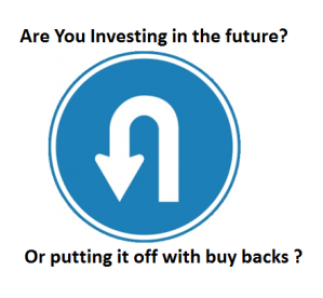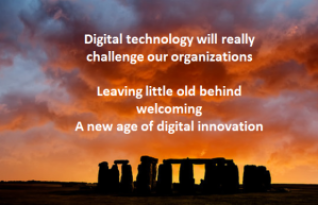We are constantly nudged toward understanding the needs of customers through the jobs to be done approach to shaping our innovative solutions. So why do we still seem to not achieve this ‘higher purpose’ of providing solutions to customers’ needs?
Predictable growth has run its course as we live in unpredictable times; we need a better way to identify ALL those unmet needs that our customers have.
That need comes from knowing the “job which needs to be done”. We need to sharp shoot to hit clear targets, we need to become a lot more explicit in our knowledge of a customer’s unmet needs, and they need to make the connection of that need with our product (or service).
Mapping the hierarchy of customer needs
We need to map the jobs and generate desired outcome statements that are specific and of real interest to the customer, not our list of multiple ideas generated based on where we are or what we think we know. We need to build a hierarchy of customer needs.
By even attempting to follow a ‘needs first’ approach we are often left to figure out the unmet needs. The flaw lies in not having these fully understood. All needs can be captured but this requires combining a more rigorous, controlled approach, coupled with astute observations.
The key still requires us to accurately quantify the degree to which a proposed solution will increase customer satisfaction – and that means knowing the jobs they want to complete.
We need to segment by jobs and to do this we need to capture this in clear, precise job outcome given statements. We need to become clearer on the product, service or business model ‘job’ it is intended to perform, measured by a customer’s desired outcome.
 It seems so simple doesn’t it – “bringing final ideas to market”. So easy to say, yet it does seem so very hard to achieve.
It seems so simple doesn’t it – “bringing final ideas to market”. So easy to say, yet it does seem so very hard to achieve.







